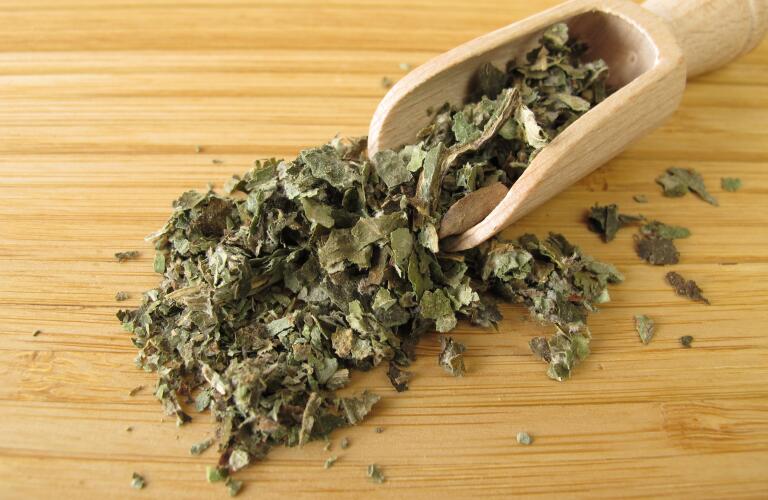
Butterbur is a broad-leaf plant that has been connected to relief of allergies, asthma and migraine. However, butterbur has also been linked to both minor and serious side effects, including liver damage. While neurologists formerly recommended the use of butterbur extract for people suffering from migraine headaches, doctors now caution against taking the supplement because of its association with liver toxicity. Scientists now know which chemicals in butterbur are dangerous, and those compounds can be removed during production of the supplement. Still, it’s important to talk with your doctor about the pros and cons of butterbur for your specific health situation.
Benefits of Butterbur
Butterbur contains compounds that reduce inflammation. Clinical research has shown that butterbur extract is effective at treating migraines, allergies and asthma. Studies on butterbur for allergies have shown the extract is just as effective as an antihistamine drug, but it doesn’t cause the drowsiness side effect. The effective use of butterbur for allergies is limited to allergic rhinitis, also known as hay fever or seasonal allergies, rather than other types of allergic reactions. Some users say that butterbur benefits also include management of other symptoms; but, its efficacy on these symptoms hasn’t been scientifically studied.
Side Effects of Butterbur
The most serious butterbur side effect is liver toxicity, which has the potential to cause liver failure and death. Some chemicals in the roots of butterbur, known as pyrrolizidine alkaloids or PAs, are known to be toxic to humans. They can damage the liver and lungs, and cause problems with blood circulation. PAs have been shown to cause cancer in animals, but no link between PAs and cancer in humans has been found thus far.
It may be safe to take butterbur extract for a short time if the pyrrolizidine alkaloids have been removed. However, it’s important to note that even products labeled as PA-free—even certified as PA-free—should be used with caution. There have been some reports of liver damage among people who have used butterbur products claiming to be PA-free. This has led researchers to believe that not all claims of PA-free butterbur products are accurate. (The U.S. Food and Drug Administration does not regulate nutritional supplements.)
PA-free butterbur extract is generally considered safe, though it may have mild side effects—some of which are symptoms of the conditions the supplement is meant to treat. Butterbur side effects can include:
- Burping
- Upset stomach and diarrhea
- Fatigue and drowsiness
Anyone who is allergic to certain plants, such as ragweed, chrysanthemums, marigolds, and daisies, may experience an allergic reaction to butterbur.
Bottom Line on Butterbur
Butterbur has been removed from shelves in the UK because of its potential to cause serious liver problems. With this in mind, use caution when deciding whether to take butterbur extract supplements. If you and your doctor decide the benefits of butterbur outweigh the risks, ensure you take only PA-free butterbur, and don’t take it for longer than your doctor recommends. While no drug interactions are currently known, be sure to tell your doctor or pharmacist about any other medicines or supplements you’re taking before you take butterbur. Pregnant and breastfeeding women should not take butterbur because it could cause birth defects or liver damage.







